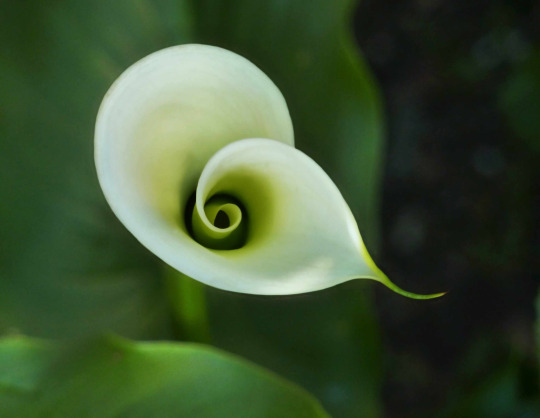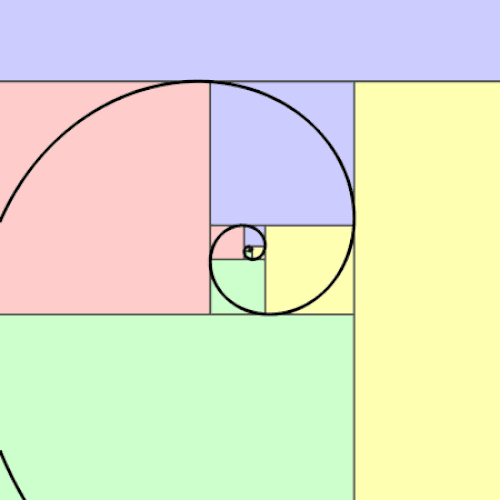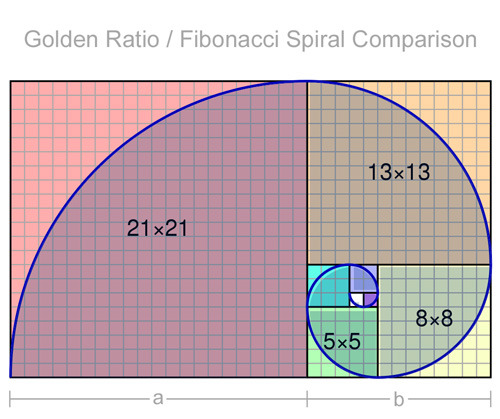#such as the patterns followed by petals of flowers or spirals on a pine cone.
Text
youtube
Arithmetic Progression Chapter-5 Important Questions with Solutions | Term-2 | Day-2
#arithmeticprogression#term-2#importantquestions#exam#Arithmetic Progression Chapter-5 Important Questions with Solutions | Term-2 | Day-1#In this video#we have covered lots on most important questions for class 10th Arithmetic Progression chapter. Also#we will learn concept first and then move forward towards tricks and questions solutions. Watch this video till end and we assure you will#Short Tricks on Chapter 5 Arithmetic Progression Class 10 I Class 10 Maths Short Tricks I Narendra Sir#In Maths NCERT Solutions Class 10 Chapter 5#students will learn about the arithmetic progression. The NCERT Solutions for Class 10 Maths Chapter 5 PDF file#available for free#can help students to score good marks. Students can download this PDF file by aaetclasses. This file is prepared by the best academic exper#every single step is taken to ensure that students can score good marks.#NCERT solutions for class 10 maths chapter 5 Arithmetic Progressions help students explore the different types of patterns as well as the s#such as the patterns followed by petals of flowers or spirals on a pine cone.#The chapter explores these patterns in which by adding a certain number to the previous number or ‘term’#the succeeding ‘terms’ can be obtained. The use of this concept will be helpful for the students to solve daily life problems. Thus#the NCERT solutions class 10 maths chapter 5 includes an introduction to terminologies involved like the ‘term’#common differences between terms#and the general form of an arithmetic progression or an AP.#Following the concept of arithmetic progression#how ‘n’-th term and the sum of ‘n’ consecutive terms can be found out is explained through well illustrated examples. The fixed number whic#shorts#tips#tricks#class10#arithmetic#progression#class-10 maths
0 notes
Text
Math within Nature.
Unit 09 Blog
Though they may seem so different, math and nature intersect with a common ground rooted in symmetry, the natural constant, and Fibonacci’s sequence.
Symmetry can occur in three different ways: rotational symmetry, bilateral symmetry, and translational symmetry. Rotational symmetry can be described as when you rotate an object upon its own axis, its shape still looks the same. Rotational symmetry is replicated in nature very frequently in flowers, for example, but they are also an example of bilateral symmetry at the same time. Bilateral symmetry occurs when an image is inverted perpendicularly through the plane, this could also be considered reflection or mirror symmetry. Butterflies are a classic example of bilateral symmetry in nature, so are many other insects. Lastly, translational symmetry occurs when each point in a figure is moved the same distance in the same direction. This was certainly the one furthest from my mind, but upon further inspection, looking at many images of nature enlightened me to the fact that it the structures of crystals and honeycombs present in a beehive.
Have you noticed any other types of symmetry in nature? If not, do any particular examples of symmetry in nature fascinate you? Explain why. Personally, I quite enjoy bilateral symmetry as it reminds me of that form of art I would do as a child where I would fold a paper in half, open it and place paint on one side in a design, fold it closed along the already formed crease, and reopen it to a beautiful, bilaterally symmetrical, image. Moreover, I believe it is appealing to the human eye as we humans are, mostly, bilaterally symmetric and familiarity is comforting.
As for the natural constant, mathematically known as “e”, is something known as Euler’s number (Ping, 2016). Named after famous mathematician Leonhard Euler, Euler’s number is a constant that appears with exponential growth or decay (Ping, 2016). What is riveting about this mathematical constant is that it is easily found in the natural world within the growth of plants or ammonite shells (Ping, 2016). There are countless occurrences of it within the natural, but you may recognize it from logarithmic equations in math classes.
Lastly, I want to mention the Fibonacci sequence. If you are like me, you recall learning about this string of numbers in which each number that appears is a sum of the previous two numbers: 0, 1, 1, 2, 3, 5, 8, 13, 21, 34, etc. (Carlson, 2019). What is unique about these numbers is that the ratio between any number and the one prior it follows a 1:1.618 ratio famously known as the golden ratio (Carlson, 2019). In nature, it can be observed in the shell of a snail, the petals of flowers, the pattern of sunflower seeds, or the spiral pattern of a pine cone (Carlson, 2019). In the media, you may have heard references to the golden ratio in related beauty: it is commonly held as the mathematical symmetry algorithm underlying what we perceive as attractive (Carlson, 2019). This related back to nature’s presence in our lives as a “gift of beauty” (Beck et al., 2018). All of this said, if math is in nature and nature is beautiful, then math can be beautiful. Do you agree? Can’t wait to hear what you think!

Can you think of any other examples of math in nature?
Talk to you soon fellow nature nerds!
Beck, L., Cable, T.T. & Knudson, D.M. (2018). Interpreting Cultural and Natural Heritage for a Better World. Sagamore-Venture Publishing.
Carlson, S. C. (2019). Golden ratio. Encyclopedia Britannica. https://www.britannica.com/science/golden-ratio
Ping, X. (2016). Why natural constant “e” is called “natural”. The University of Melbourne. https://blogs.unimelb.edu.au/sciencecommunication/2016/09/04/why-natural-constant-e-is-called-natural/
3 notes
·
View notes
Text
Faucet Spouts The Golden Ratio

Fibonacci Spirals Around The Water Spigot Too
Wet bars are convenient for ease of use and also free your home’s kitchen from unwanted party traffic as well as the extra supply replenishing trips required when entertaining. An integral part this setup is the water supply and this twisted, right angle home bar faucet displays the elegance of a ballerina when the liquid flows.
More specifically, this bibcock was inspired by the “Fifth Position” in ballet and rotates along some fascinating curves that are found throughout nature as you'll see below.

Watch The Water Flow
The curlicue water spout geometry of the Nastro (ribbon) spigot tap is actually designed in proportion to the golden ratio.* Its continuous, repetitive pattern is mathematically identical and shown above as a mesmerizing animated GIF.†
Is it a coincidence that it sort of looks like water swirling around a sink?

A Quick Geometry Lesson: Fibonacci Turns Golden
Feel free to fast forward thru the math by clicking here if you want.
The Golden Ratio, also known as the golden section, golden mean, divine proportion and others, is where the ratio of the sum of the quantities to the larger quantity is the same as the ratio of the larger quantity to the smaller one OR [ (a + b) / a ] = [ a / b ]. The result is approximately equal to 1.618 and typically symbolized by the lowercase Greek letter Phi as φ.
See any resemblance?
It wouldn't be a stretch to say the Fibonacci spiral may have played a role in the twists and turns of this water faucet design as well. After all, they're very similar.
Italian mathematician Leonardo Fibonacci of the Republic of Pisa first recorded the series of numbers, later named after him, in his Liber abaci in 1202 which were based on his earlier solution of a mathematical rabbit breeding problem regarding how many pairs of rabbits could be born in one year when starting with one male and one female.
A few assumptions were made, but basically, the Fibonacci sequence starts as 0, 1, 1, 2, 3, 5, 8, 13, 21, 34, 55, etc. and continues on so that when written as a rule its Xn = Xn-1 + Xn-2. If you want to get technical, you could correlate the equations with a closed form expression that uses the golden ratio within the Fibonacci formula itself.
But, who wants to do that? Let's keep things simple.
Both of these so-called logarithmic spirals are illustrated above inside a golden rectangle where Fibonacci's path is shown as a blue curving line going through each of the many golden rectangles inside one another and the Golden Spiral follows along the outside of the arcs of the corresponding pie shaped, shaded areas overlayed on top.
The two trajectories actually converge at higher number values which is starting to become apparent in the graphic above.
Not that you really care, but . . .
{ "@context": "https://schema.org", "@type": "VideoObject", "contentURL": "https://youtu.be/aB_KstBiou4", "description": "Displays of the Fibonacci Sequence & the Golden Ratio in the natural world", "name": "Nature by Numbers (Fibonacci Sequence & The Golden Ratio)", "thumbnailUrl": "https://i.ytimg.com/vi/aB_KstBiou4/maxresdefault.jpg", "uploadDate": "2018-10-05", }
The Golden Ratio Is All Around Us
And, its pretty cool.
20+ Examples Of The Fibonacci Sequence In Nature:
Whirlpools
Hurricanes
Seed Heads
Ocean Waves
Flower Petals
Tree Branches
DNA Molecules
Aloe Polyphylla
Chameleon Tails
Some Spider Webs
Fern Fiddleheads
Inner Ear Cochlea
Elliptical Honeycombs
Horns of Goats and Rams
Honeybee Colony Lineage
Pine Cones and Pineapples
Calla Lilies and Comfrey Flowers
Cauliflower and Romanesco Broccoli
The Milky Way and other Spiral Galaxies
Conch, Nautilus, Mollusk, Snail and Seashells
Along with all the au naturel spirals listed above, countless other exemplars from architecture, music, painting and much, much more (including you) exhibit patterns that are either partially or what appear to be fully derived from or mimic the Golden Spiral / Fibonacci sequence. This video sheds some eye-popping light on the phenomenon.
Wow!
So, why is all this so important anyway?
Its not, but if you decide to add a Nastro tap to your nautilus shell shaped basin or winding river sink you'll certainly have a nice lead in with lots to talk about if you need a conversation starter. Of course, there's always sports.
But, we digress.
Don't Let Your Party Spiral Out Of Control
The graceful design of the Ritmonio Nastro water faucet would be a handsome accent to your wet bar and a very handy piece of what might best be described as ancillary or auxiliary bartending equipment. Styles are available with dual levers for hot and cold running water as well as for other applications like kitchen and bathroom sinks, tubs, etc.
References
* - Nastro faucet design by.
† - Animated GIF of Fibonacci sequence in a purple, pink, green and golden spiral outwards via.
0 notes